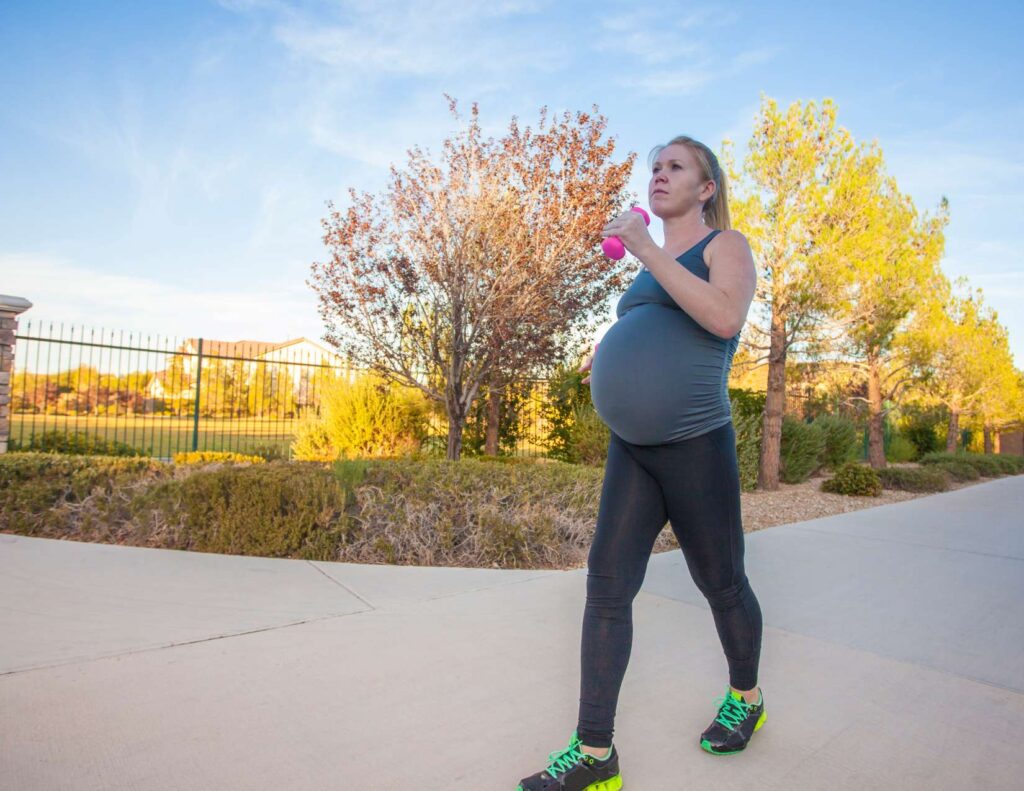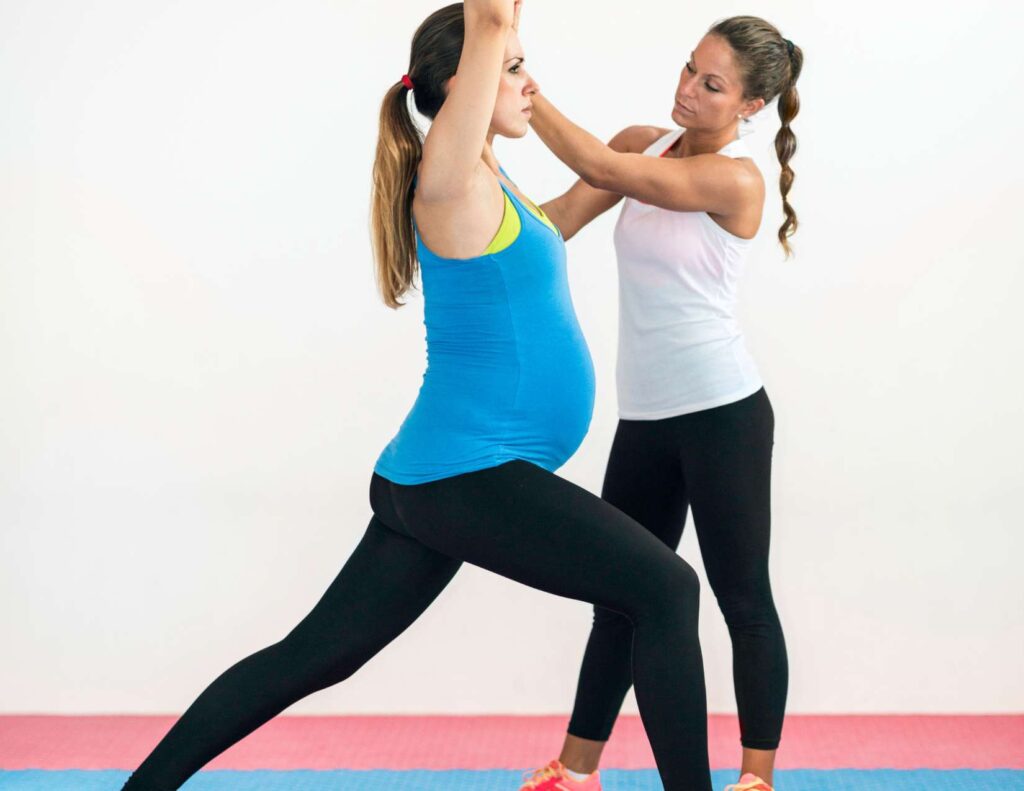Unlock Your Hips with the Best Pelvic Girdle Pain Exercises
Pelvic girdle pain (PGP) is a common condition experienced by many women during pregnancy. It can be debilitating, affecting mobility, daily routines, and overall quality of life. Fortunately, there are exercises that can help alleviate PGP symptoms and improve pelvic stability. These exercises are designed to strengthen the muscles around the pelvic area, improving support for the pelvic girdle and reducing pain. Whether you’re experiencing mild or severe PGP, incorporating these exercises into your daily routine can make a significant difference in your overall comfort and wellness.
In this article, we’ll explore the most effective pelvic girdle pain exercises that you can do at home. Whether you’re in your first trimester or nearing the end of your pregnancy, these exercises can help you manage PGP symptoms and enjoy a happier, healthier pregnancy.

Table of Contents
What is Pelvic Girdle Pain?
Pelvic girdle pain is a common condition experienced by many pregnant women. It is caused by the relaxation and increased mobility of the pelvic joints and muscles in preparation for childbirth. The pain can be felt in various areas of the pelvis, including the front, back, or sides of the hips, groin area, and lower back. Because of the location of their pain in the low back and buttocks, many women believe they are experiencing sciatica. However, this is not always the case. Symptoms of sciatica during pregnancy include numbness or tingling in the legs and pain that radiates from the buttock to the foot.
Causes of Pelvic Girdle Pain During Pregnancy
There are several causes of pelvic girdle pain during pregnancy. The most common cause is the hormonal changes that occur in your body during pregnancy. The hormones progesterone and relaxin are released during pregnancy, which causes the ligaments and muscles in your pelvic area to become more relaxed and flexible. This can cause the pelvis to become more unstable, which can lead to pain and discomfort.
Other causes of pelvic girdle pain during pregnancy include:
1. Weight gain: As your baby grows, you will gain weight, which puts more pressure on your pelvic area, leading to pain and discomfort.
2. Poor posture: Poor posture can also contribute to PGP during pregnancy. When you have poor posture, it can cause the pelvis to become misaligned, which can lead to pain and discomfort.
3. Previous injuries: If you have had a previous injury to your pelvis or lower back, it can increase the likelihood of experiencing PGP during pregnancy.

Benefits of Exercising During Pregnancy
Exercising during pregnancy has many benefits, including reducing the risk of developing gestational diabetes, improving your mood, and helping you maintain a healthy weight. Additionally, pelvic girdle pain exercises can help alleviate discomfort during pregnancy by strengthening the muscles in your pelvic area, which can help to stabilize the pelvis.
Pelvic Floor Exercises for Pelvic Girdle Pain
You probably are familiar with one of the best pelvic girdle pain exercises for the pelvic floor. It is known as the Kegel exercise, which is a great way to help alleviate pelvic girdle pain during pregnancy. These exercises help to strengthen the muscles in your pelvic area, which can help to stabilize the pelvis and reduce pain and discomfort. It’s also very convenient because you can do them practically anywhere and anytime!
To perform pelvic floor exercises, follow these steps:
1. Sit or lie down comfortably.
2. Tighten your pelvic floor muscles as if you are trying to stop the flow of urine.
3. Hold the contraction for 5 seconds, then relax for 5 seconds.
4. Repeat this exercise 10 times, three times a day.
Strengthening Exercises for Pelvic Girdle Pain
Strengthening exercises can also help alleviate PGP during pregnancy. These exercises help to strengthen the muscles in your pelvic area, which can help to stabilize the pelvis and reduce pain and discomfort.
Here are some strengthening exercises you can do:
1. Clamshell exercise: Lie on your side with your knees bent and your feet together. Lift your top knee while keeping your feet together. Hold for 5 seconds, then lower your leg. Repeat 10 times on each side.
2. Bridge exercise: Lie on your back with your knees bent and your feet flat on the floor. Lift your hips up towards the ceiling, squeezing your glutes and pelvic muscles. Hold for 5 seconds, then lower your hips. Repeat 10 times.
3. Squats: Stand with your feet shoulder-width apart. Bend your knees and lower your body as if you are sitting in a chair. Keep your weight on your heels and your back straight. Hold for 5 seconds, then stand up. Repeat 10 times.

Stretching Exercises for Pelvic Girdle Pain
Stretching exercises can also help alleviate PGP during pregnancy. These exercises help to stretch the muscles in your pelvic area, which can help to reduce pain and discomfort.
Here are some stretching exercises you can do:
1. Hip flexor stretch: Kneel on one knee with your opposite foot flat on the floor in front of you. Lean forward until you feel a stretch in the front of your hip. Hold for 30 seconds, then switch sides.
2. Hamstring stretch: Sit on the floor with your legs straight in front of you. Reach forward and try to touch your toes. Hold for 30 seconds.
3. Butterfly stretch: Sit on the floor with the soles of your feet together. Hold your ankles and gently push your knees down towards the floor. Hold for 30 seconds.
Low-Impact Exercises for Pelvic Girdle Pain
Low-impact exercises are a great way to help alleviate PGP during pregnancy. These pelvic girdle pain exercises are gentle on your joints and can help to improve your overall fitness and well-being.
Here are some low-impact exercises you can do:
1. Walking: Walking is a great low-impact exercise that can help to alleviate pelvic girdle pain during pregnancy. Aim to walk for 30 minutes a day.
2. Swimming: Swimming is another great low-impact exercise that can help to alleviate pelvic girdle pain during pregnancy. It is also a great way to stay cool during the summer months.
3. Yoga: Yoga is a gentle form of exercise that can help to improve your flexibility and reduce stress. Look for prenatal yoga classes in your area that are specifically designed for pregnant women.

Exercises for Pelvic Girdle Pain AFTER Pregnancy
The pelvic girdle pain exercises after pregnancy include many of the same exercises that are recommended for the management of sciatica after pregnancy. They both include pelvic floor exercises, core stability exercises, and stretching the lower back muscles. These exercises should be done to help reduce pain in the pelvic area and strengthen the muscles that support the pelvis.
Additionally, I recommend going for regular walks or doing yoga poses specifically designed to work on flexibility and strength in the areas affected by PGP. Taking breaks throughout your day to rest and relax, as well as avoiding activities that exacerbate the pain, can also help reduce the discomfort.
Lastly, wearing a support belt or wrap may provide some relief in the short term. It’s important to remember that PGP is not something that needs to be suffered through; there are many ways to manage it effectively.
Tips for Exercising with Pelvic Girdle Pain
While performing pelvic girdle pain exercises, it’s important to listen to your body and not push yourself too hard. Here are some tips to help you exercise safely and effectively:
1. Start slowly: Begin with gentle exercises and gradually increase the intensity and duration of your workouts.
2. Wear supportive shoes: Choose shoes that provide good support and cushioning to help reduce the impact on your joints.
3. Use props: Use props such as pillows or exercise balls to help support your body during exercises.
4. Take breaks: Take breaks as needed and listen to your body. If you feel pain or discomfort, stop exercising and rest.
Pelvic Girdle Pain Exercises to Avoid
There are several pelvic girdle pain exercises that should be avoided when experiencing discomfort. These include deep squats, lunges, planks or any other exercise that places strain on the lower back and pelvis. Activities such as running and jumping can also exacerbate symptoms. It is best to avoid any exercise that causes discomfort or pain. There are many similarities between exercises with PGP and the exercises to avoid when having sciatica pain.
Instead, focus on light stretching and low-impact exercises such as swimming, walking, cycling and yoga. These activities can help increase flexibility and range of motion in the affected area. Additionally, core strengthening exercises should be done carefully with proper form to minimize further injury. And, always listen to your body!

When to Seek Medical Advice for Pelvic Girdle Pain
If you are experiencing severe pelvic girdle pain that is interfering with your daily activities, it is important to seek medical advice. Your healthcare provider may recommend physical therapy or other treatments to help alleviate your pain and discomfort.
Conclusion
Pelvic girdle pain is a common condition experienced by many pregnant women. However, there are exercises that you can do to help alleviate this pain. Pelvic floor exercises, strengthening exercises, stretching exercises, and low-impact exercises are all great ways to help alleviate pelvic girdle pain during pregnancy. Remember to listen to your body, start slowly, and seek medical advice if needed. With these pelvic girdle pain exercises, you can help alleviate your pain and discomfort and enjoy a healthy and happy pregnancy!







